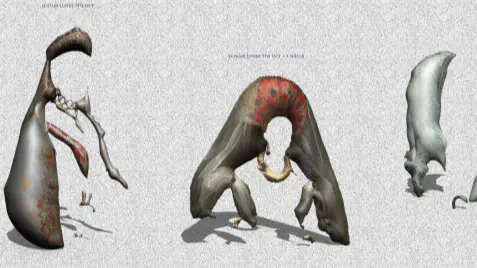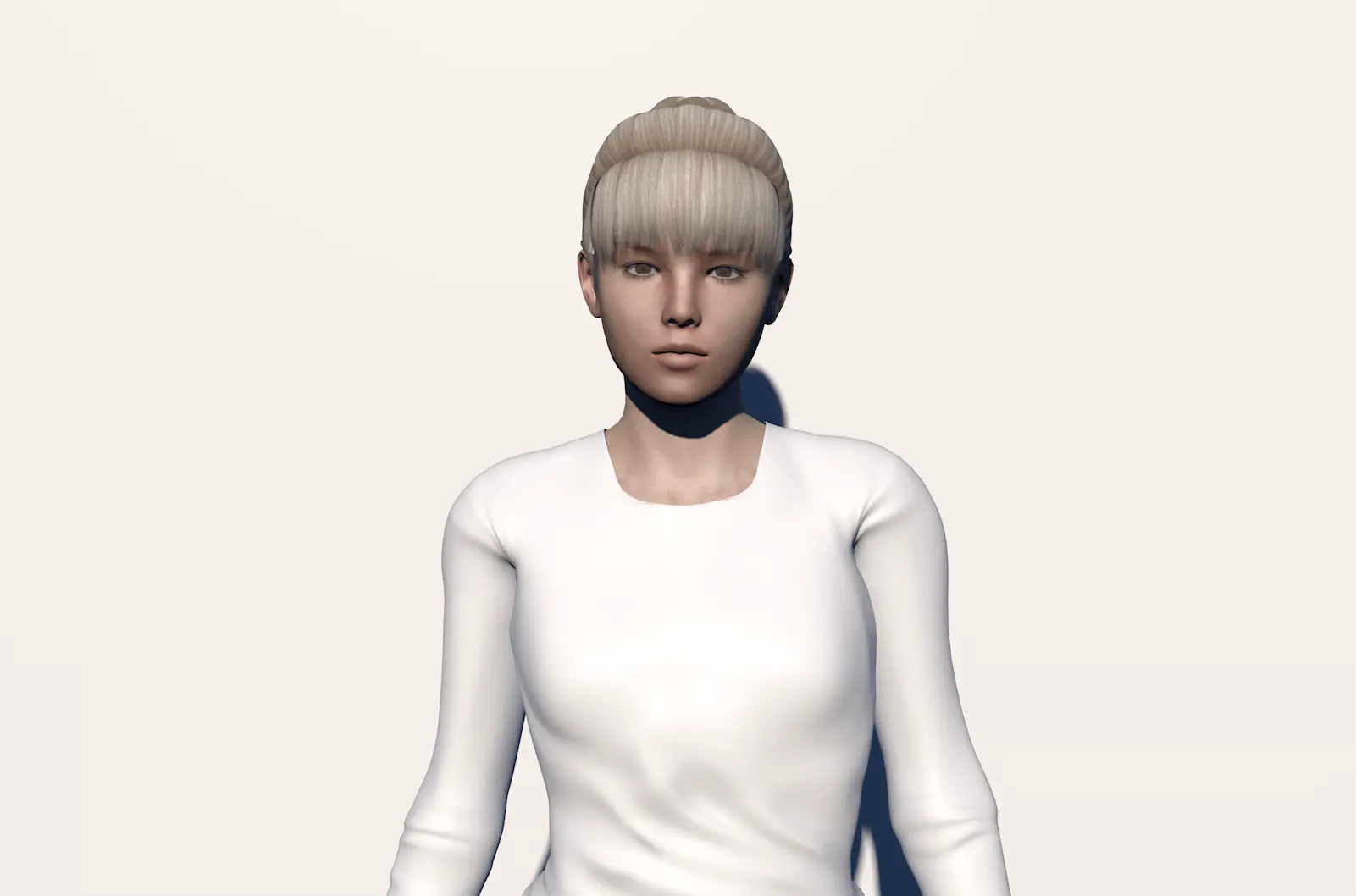The Privacy Paradox
Exhibit April 14th 2016 @ REVERSE, NY.
BEAUTIFUL INTERFACES: THE PRIVACY PARADOX open a new platform for new media and female artists to distribute and conserve digital art as data. Curators Helena Acosta and Miyo Van Stenis want the viewer/user reflect on their online behavior and how currently the statement of privacy has become a void belief in our contemporary society. Every time we ‘share’, we expose ourselves to potentially unexpected consequences. In this sense, our generation has created the perfect algorithmic surveillance system. The exhibition connects our digital identities, our DNA as an object of surveillance, sex work, and our bodies as data mines. In the era of algorithm prediction all our online actions have a digital trace, which are used by companies and governments to predict our behaviors. The Internet’s purpose is to collect and quantify each action – becoming a medium for surveillance.
Everyday digital social practices could look like harmless actions through a naïve eye, but contain the potential for unexpected consequences when they are traced and connected to algorithmic surveillance systems. In less than five years facial recognition algorithms will be ubiquitous. Facebook has recently added facial recognition technology to their platform, becoming more deeply integrated into our smartphones. These new applications will
facilitate easy reconstruction of any random encounter we have on the street that has been captured by a camera.
In this scenario, our increased communication practices on the Social Web result in an increase of personal information online. The ‘Privacy Paradox* suggests that despite Internet users’ concerns about privacy, their behaviors do not reflect those concerns. Even though we keep insisting on how much we care about our data, the statement ‘privacy is important!’ has become a void belief in our contemporary society.
BEAUTIFUL INTERFACES: THE PRIVACY PARADOX is a group show featuring work by Jennifer Lyn Morone, Heather Dewey Hagborg, LaTurbo Avedon, Annie Rose Malamet and Carla Gannis.
The exhibited work will live on a wireless network accessible through five routers at the gallery space. The routers have been hacked and are not actually connected to the Internet. Each router has a private network, which visitors must login to through their own devices –cell phones or iPads – to view the
artwork. Annie Rose Malamet’s ‘Hooker Meditation Exercise’ is a video art piece that examines anonymity, fear, and visibility in relation to sex work. Malamet uses her own advertisements, client voicemails, and original footage to create a narrative about the anxiety of being discovered and to reflect on her own identity. In ‘Electronic Graveyard No.2’ Carla Gannis explores the collision of traditional self portraiture in fine art and social media’s selfie culture.
Gannis creates a distopic futuristic Graveyard where digital identity and daily online practices live forever on the collective memory of the social web; where even after we are dead, our privacy can still be exposed. Heather Dewey Hagborg works at the intersection of art and science, placing an emphasis on conceptions of the natural and the artificial. ‘Stranger Visions’ is a series of portrait sculptures created from genetic material collected in public places by the artist. Working with the traces strangers unwittingly leave behind, Dewey Hagborg calls attention to the developing technology of forensic DNA phenotyping and the potential for a culture of biological surveillance.
Jennifer Lyn Morone affirms “I am a data slave and so are you”. Morone uses ethics and economic reasoning to create a business model, where she is the corporation that owns her own data. Jennifer Lyn MoroneTM Inc is a hyper capitalism model, where Morone over exposes her data in order to protect and capitalize it. For the exhibition, the curators have selected to show Jennifer’s data from their first contact with her up until the moment of the exhibition.
In ‘ID’, LaTurbo Avedon visualizes the attributes that she has acquired in virtual space. Using data like facial detection markers and her lifted fingerprints, she reveals the process of creating personal metadata for the identification of a digital self.
BEAUTIFUL INTERFACES: THE PRIVACY PARADOX explores the dichotomy between the private and the public, creating a platform for distribution of data on an independent and anonymous network.
Beautiful Interfaces: The privacy paradox is powered by Occupy.here
Occupy.here developed by Dan Phiffer in 2011, it’s a custom OpenWRT, free, anonymous and uncensored resource for share media information in the virtual space. For more information visit http://occupyhere.org
About REVERSE
REVERSE, is a non profit art platform for the development of new ideas and interdisciplinary practices, promoting peer to peer knowledge exchange. Run by artists, our mission is to support innovative and boundary breaking projects that foster dialogue and artistic collaboration at the intersection of art, science and technology. We support emerging and mid-career artists and curators through an active calendar of exhibitions, talks, workshops,
and performances. Our program places a strong emphasis on our relationship with technology and how it affects the creative process of art-making, centering on projects that push new digital tools into creative realms. http://reversespace.org/



























